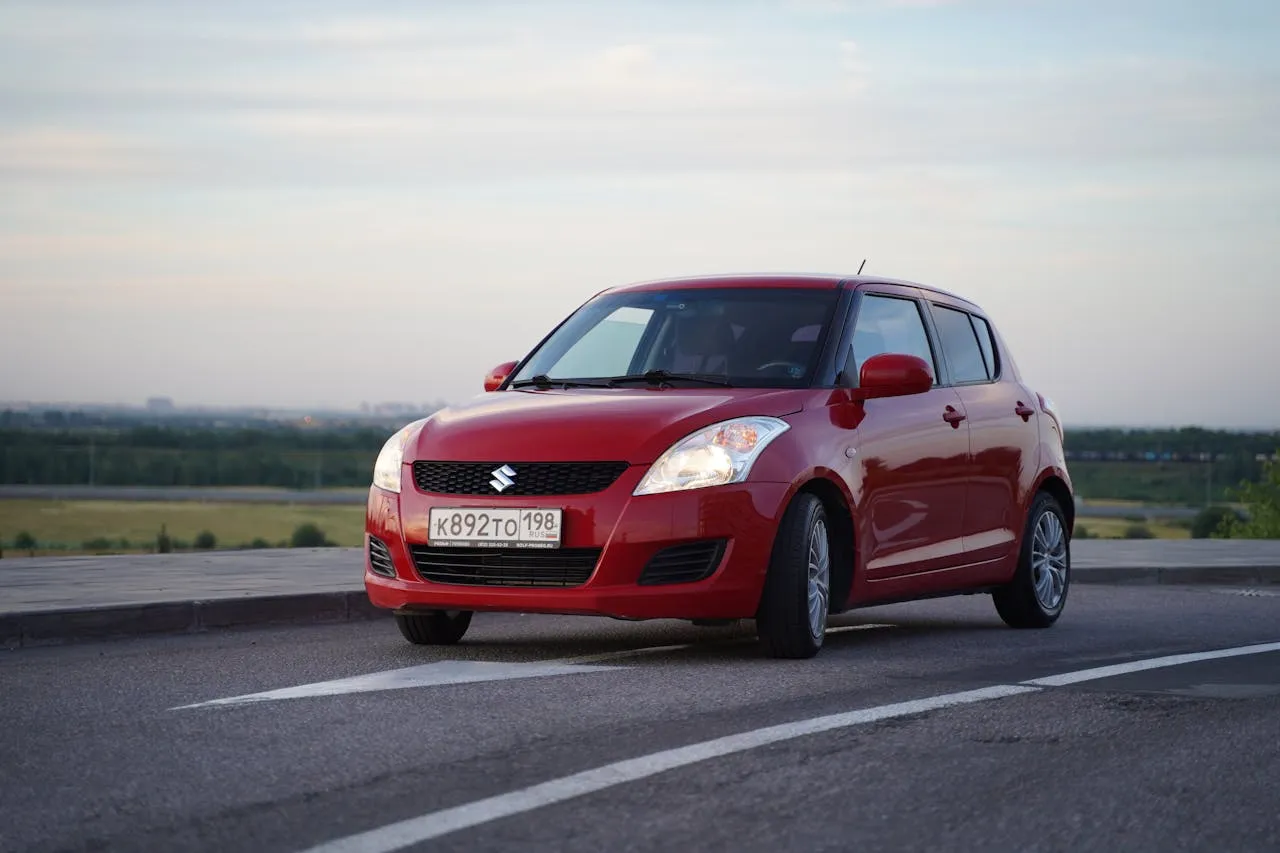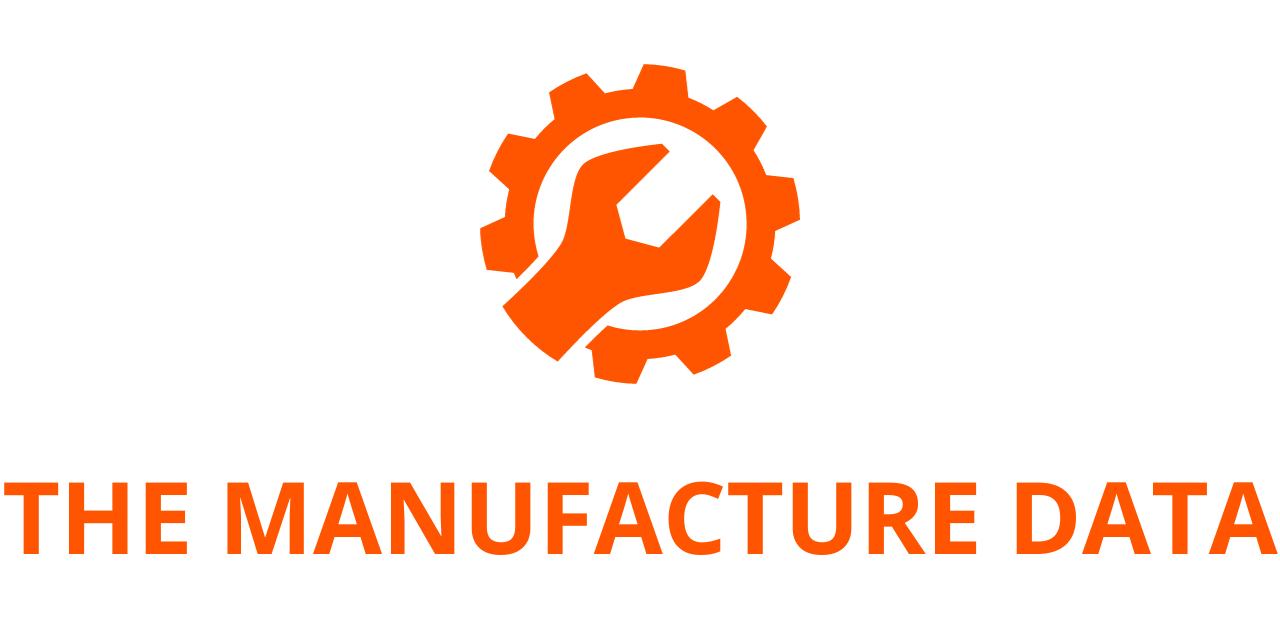
Suzuki Unveils Technology Strategy 2025 with Focus on Sustainability, Mobility, and Innovation
In February 2025, Suzuki Motor Corporation unveiled its new mid-term management plan, reaffirming its vision of becoming “Team Suzuki as infrastructure mobility closely connected to daily life.” This vision is supported by the company’s new corporate slogan, “By Your Side,” which reflects Suzuki’s ambition to provide mobility solutions that integrate seamlessly into people’s everyday lives. Building on this foundation, the automaker has now introduced its Technology Strategy 2025, a comprehensive blueprint designed to advance innovation in mobility while tackling environmental, energy, and societal challenges.
A Philosophy Rooted in Practical and Ethical Principles
At the core of the Technology Strategy 2025 is a refinement of Suzuki’s guiding philosophy. Traditionally, the company has embraced the “3Gen” approach—Genba (Actual Place), Genbutsu (Actual Thing), and Genjitsu (Actual Situation)—as its code of conduct. Now, Suzuki is expanding this framework to include “2Gen”—Genri (Fundamental Principle) and Gensoku (Fundamental Rule). This “3Gen・2Gen” approach ensures that every technological advancement is grounded not only in practical experience but also in universal principles and ethical rules.
From this foundation, Suzuki has defined two pillars for its future technology:
- “Minimizing Energy”, to harmonize with the Earth, and
- “Maximizing Essential Value”, to keep people at the center of innovation.
These ideas are encapsulated in the concept of “Right x Light Mobile Tech”, which focuses on delivering mobility solutions that are efficient, sustainable, and truly beneficial to customers.
Key Initiatives of Technology Strategy 2025
Lightweight and Safe Vehicle Bodies
Weight reduction remains a cornerstone of Suzuki’s engineering. The company continues to refine its HEARTECT platform, known for its lightweight yet safe construction. In 2024, Suzuki set an ambitious target of reducing vehicle weight by 100 kilograms. By revisiting past models and encouraging collaboration between its motorcycle and automobile divisions, Suzuki has already identified ways to cut approximately 80 kilograms. This process includes scrutinizing every part, down to individual bolts, to ensure the right balance between safety, performance, and efficiency.
Efficient ICE and CNF Technologies
Suzuki is also improving the efficiency of internal combustion engines (ICE) while preparing for a carbon-neutral future. Its “Super Ene-Charge” hybrid system is designed to pair lightweight bodies with energy-efficient performance. The company is also developing next-generation engines that incorporate advanced high-speed combustion and low-friction technologies.
On the carbon-neutral fuel (CNF) side, Suzuki began mass production of the GIXXER SF 250 FFV motorcycle in India earlier this year, capable of running on flexible fuels. Additionally, various Suzuki automobiles have been adapted to use E20 fuel, with plans to introduce more FFV automobile models within the current fiscal year.
Battery-Lean BEV/HEV
Suzuki’s electrification efforts are guided by the Japanese design principle “Sho-Sho-Kei-Tan-Bi” (Smaller, Fewer, Lighter, Shorter, Beauty). This approach has led to the development of battery-lean electrified vehicles, designed to minimize energy use without compromising range or functionality. The upcoming e VITARA SUV will be Suzuki’s first full battery-electric model, offering customers an EV that is efficient, compact, and practical.
In the two-wheeler segment, Suzuki has introduced the e-ACCESS scooter in India, which will later be launched in other global markets as a compact, battery-lean EV.
SDV Right (Software-Defined Vehicle)
Suzuki has coined the term “SDV Right” to describe its approach to software-defined vehicles. Rather than overloading cars with unnecessary digital features, Suzuki focuses on equipping vehicles with the “just-right” functions customers value most. The e VITARA serves as the first example of this principle in action, balancing digital innovation with usability and affordability.
Easy-to-Disassemble Recycling Design
Sustainability is also driving Suzuki’s product design. The company is creating vehicles that are easy to disassemble, recycle, and reuse. Efforts include lightweight resin parts developed under the S Light Project, mono-material components, and increased use of recycled plastics. These practices will not only reduce waste but also lower the environmental footprint of future Suzuki products.
Initiatives Toward Carbon Neutrality
Team Suzuki CN Challenge
Suzuki continues to test its sustainable technologies in motorsports through the Suzuki CN Challenge at the Suzuka 8 Hours Endurance Race. With bikes built using eco-friendly materials and fueled entirely by sustainable fuels in 2025, this initiative helps drive technological progress while fostering employee passion and teamwork.
Biogas Business
Beyond vehicles, Suzuki is diversifying into renewable energy. Its biogas project, selected by the United Nations Industrial Development Organization (UNIDO) in July 2025, will begin operations from 2025 onward. The biogas plants will support CNG-powered vehicles, which represent around 20% of India’s passenger car market, while also providing fertilizer and improving rural livelihoods.
Suzuki Smart Factory
On the manufacturing front, the Suzuki Smart Factory initiative aims to cut energy use by digitizing operations and optimizing production efficiency. The new painting plant at Kosai, launched in June 2025, has already demonstrated significant energy savings, proving that innovation in production can drive both quality and sustainability.




